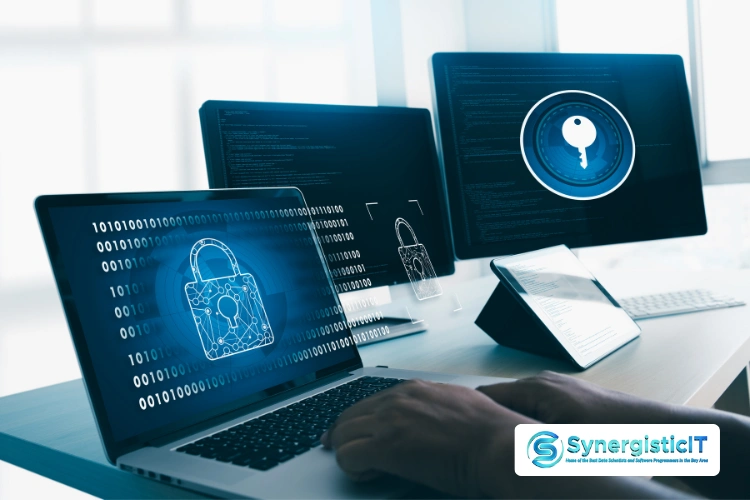 A career in cybersecurity means being on the front lines of protecting data, networks, and digital infrastructure. But before you land your first—or next—job in this field, you’ll need to pass a tough interview.
A career in cybersecurity means being on the front lines of protecting data, networks, and digital infrastructure. But before you land your first—or next—job in this field, you’ll need to pass a tough interview.
Cybersecurity interviews go beyond basic tech knowledge. Employers want to know how well you understand threats, identify vulnerabilities, and respond to incidents. Expect questions about network protocols, malware, firewalls, incident response, and security frameworks like NIST or ISO.
This guide offers a variety of common cybersecurity interview questions to help you prepare. Use it to test your knowledge and understand what hiring managers are really looking for. Start reviewing these questions today and take a big step toward your next cybersecurity job.

